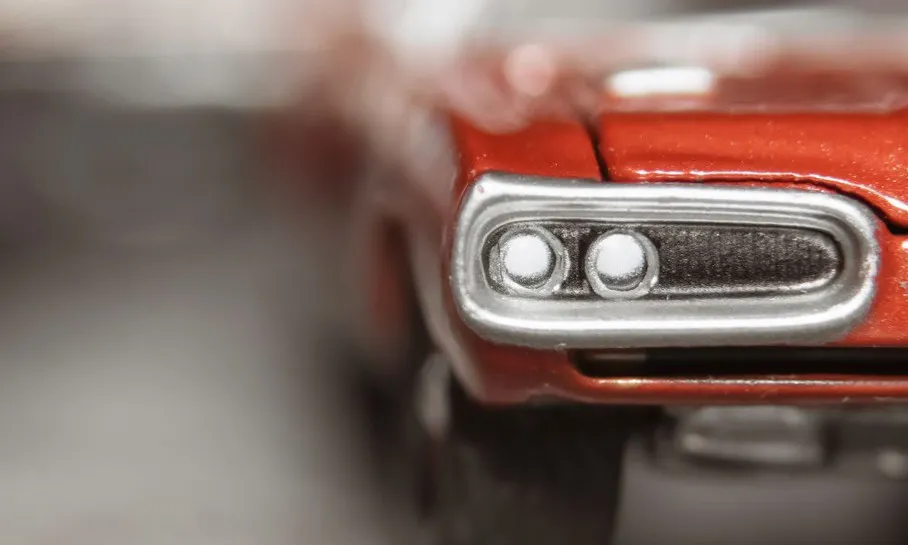Diecast Car Scale Comparison The Fundamentals
Diecast cars have captivated collectors and enthusiasts for decades, offering a tangible link to automotive history and design. One of the most crucial aspects of collecting these miniature marvels is understanding scale. Scale in diecast cars refers to the ratio between the size of the model and the size of the actual vehicle. Choosing the right scale is essential for collectors, as it impacts display options, detail, and the overall collecting experience. This guide will delve into the world of diecast car scale comparison, providing you with the knowledge to make informed decisions and enhance your appreciation for these finely crafted models.
What Is Diecast Car Scale
Diecast car scale is a proportional representation of a real-world vehicle. It is expressed as a ratio, such as 1 18 or 1 43. This ratio indicates how many times smaller the model is compared to the original car. For instance, a 1 18 scale model is 18 times smaller than the actual car. The scale significantly influences the model’s dimensions, detail level, and the amount of space it requires for display. Understanding these scales helps collectors determine the size of the models, how they fit in their collections, and the level of detail to expect.
Common Diecast Car Scales
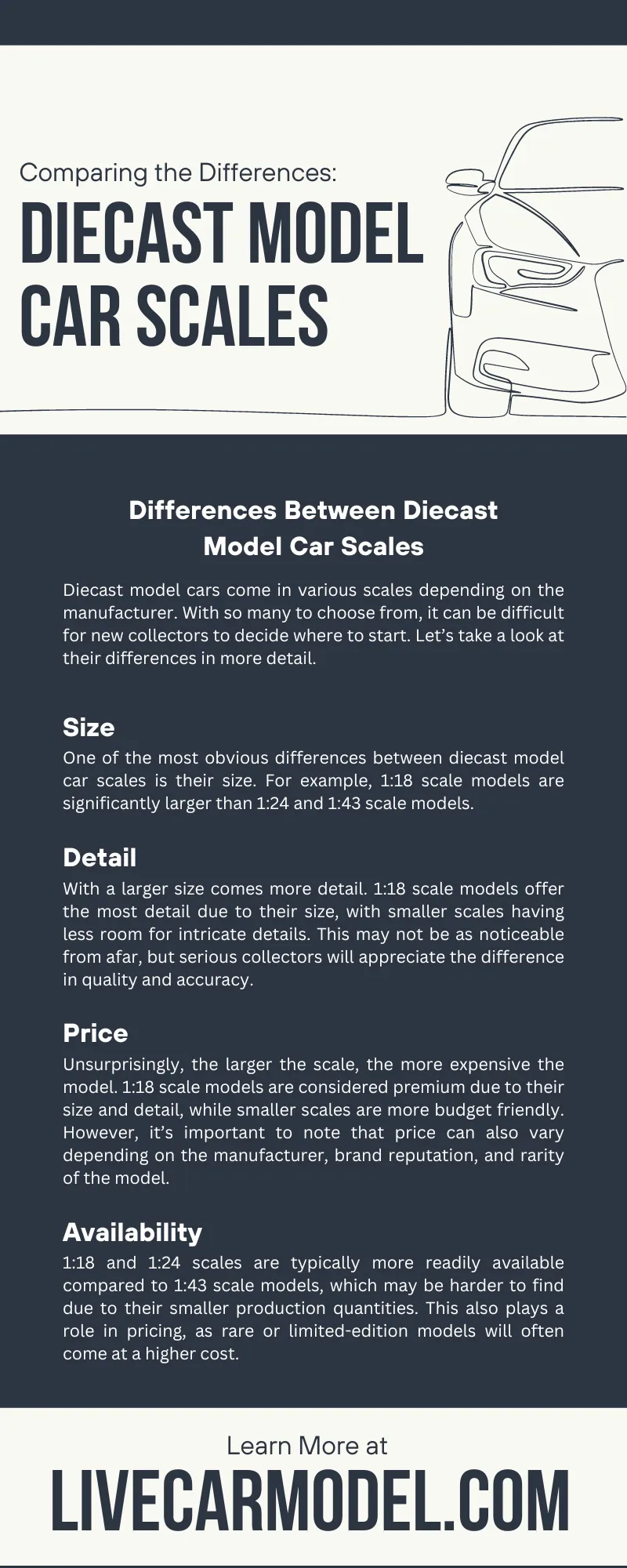
Several scales are popular among diecast car collectors, each offering unique characteristics and appeal. Understanding the common scales is fundamental to navigating the world of diecast cars. The prevalence of these scales ensures a wide variety of models, making it easier to find the specific vehicles you’re looking for. The differences in size between scales impact everything from the model’s detail to the amount of space needed for a collection. Here’s an overview of the most popular scales.
1 18 Scale
1 18 scale is one of the most popular among diecast car collectors. Models in this scale are relatively large, providing ample space for intricate detailing. The larger size allows for a high level of realism, with detailed engines, interiors, and opening features like doors and hoods. This scale is ideal for those who appreciate a highly detailed model and have the space to display it. The models often come with many features. The size allows for better access to the interior of the model and an overall more realistic impression.
1 24 Scale
1 24 scale is a popular choice, offering a balance between detail and size. These models are smaller than 1 18 scale models, making them suitable for collectors with limited display space. The detail level is still impressive, with many models featuring opening parts and detailed interiors. This scale is a good compromise for collectors seeking a balance between affordability, detail, and space. It provides excellent options for various car types, from classic cars to modern sports cars.
1 43 Scale
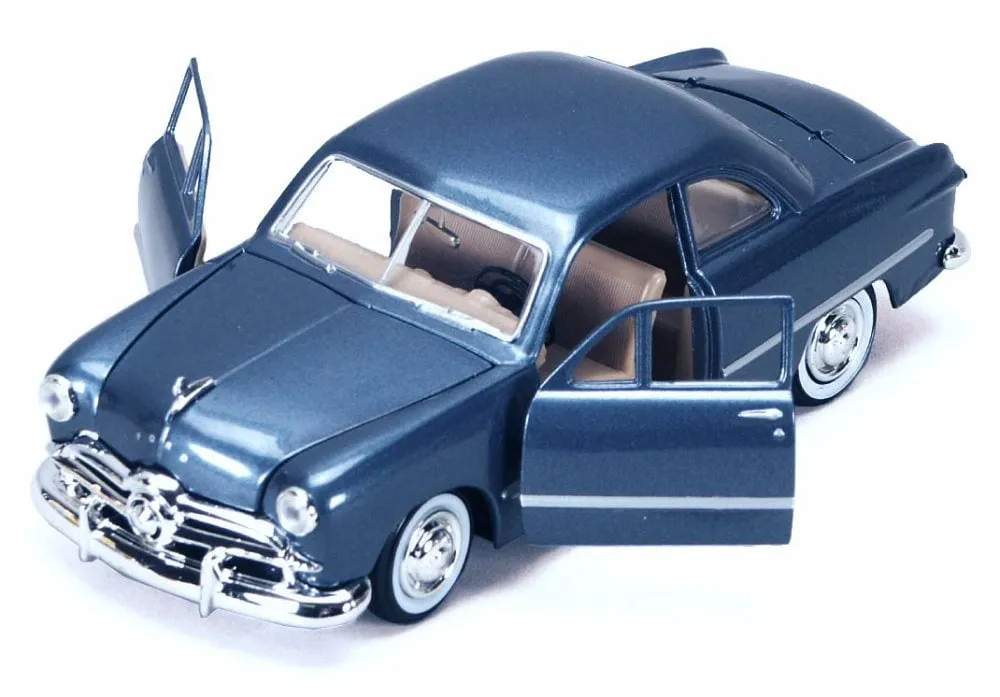
1 43 scale is a very common scale, particularly for racing cars and vintage models. These models are smaller, making them ideal for collectors with limited space. The smaller size often means that the level of detail is slightly less than in larger scales, but the variety of available models is extensive. This scale is great for building a diverse collection, often including many models that can fit into a smaller display area. Many collectors are particularly drawn to this scale due to its historical significance.
Other Popular Scales
Besides the main scales, other scales are available, such as 1 64, which is popular for Hot Wheels and Matchbox cars. Each scale caters to different collecting preferences and space requirements. Smaller scales like 1 64 are great for casual collecting or those who want to amass a large number of models without needing much display space. Some niche scales also exist for specific types of vehicles or collectors, offering unique models and specializations.
Diecast Car Scale Comparison The Benefits
Collecting diecast cars offers numerous benefits, from the enjoyment of detailed craftsmanship to the pride of owning a collection. The choice of scale affects these benefits, influencing how you experience your collection. The scale choice directly impacts your ability to showcase your collection, experience the level of detail, and manage costs and availability. Exploring the different scale options allows collectors to maximize these benefits to suit their needs and preferences. It is about the scale of the collection as a whole.
Collecting and Displaying
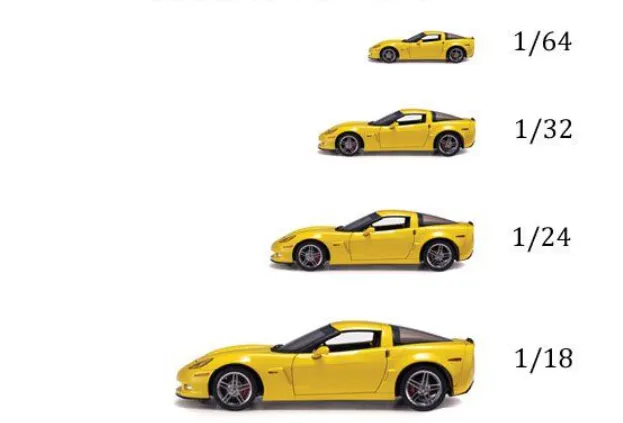
The scale of your diecast cars significantly influences how you collect and display them. Larger scales like 1 18 require more space, making them ideal for collectors with dedicated display areas, like a shelf or a display case. Smaller scales like 1 43 or 1 64, on the other hand, are great for collectors with limited space and allow for more models to be displayed in a smaller area. Consider your available space when deciding on a scale. Display cases are a great investment for showcasing models, protecting them from dust, and enhancing their visual appeal.
Realism and Detail
Larger scales often offer a higher level of detail. The extra space allows for more intricate designs, detailed interiors, and opening features. 1 18 scale models, for example, can have incredibly detailed engines, realistic interiors, and working steering. Smaller scales like 1 64 have less space for detail, but they can still provide impressive representations of their real-world counterparts. The degree of detail available can greatly enhance the visual appeal and collectability of diecast models. Realism and detail are also linked to the price of the model. Collectors often value the high level of realism offered by the larger scales.
Cost and Availability
The scale can also influence the cost and availability of models. Generally, larger-scale models are more expensive due to the increased material and manufacturing costs associated with their production. Smaller scales tend to be more affordable. Availability also varies; certain scales might offer a wider range of models based on manufacturer production and collector demand. The scale that you choose affects how easily you can find the models you seek. Certain scales are more readily available in specific regions or from particular retailers. Considering your budget and the models you want will help you select the right scale.
Diecast Car Scale Comparison How to Choose
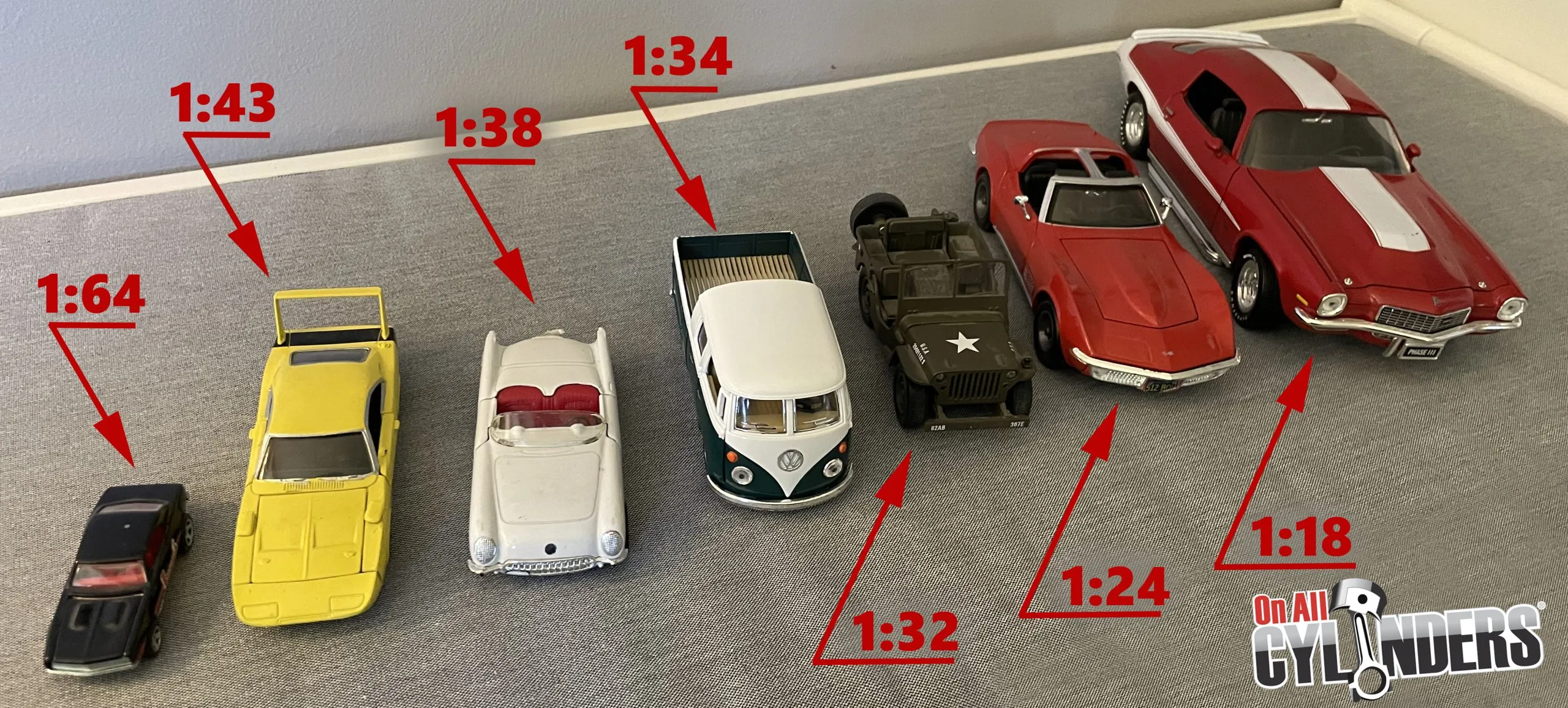
Choosing the right scale is a personal decision, one that should reflect your specific needs and preferences. The best scale for you depends on various factors, including available space, budget constraints, and the type of models you’re interested in collecting. Careful consideration of these aspects ensures you’ll enjoy your collecting journey. There is no single “best” scale. Collectors should balance their preferences with the practical aspects of the hobby. This guide will help you to navigate the scale comparison and assist you in the decision-making process.
Consider Your Space
The amount of space you have available is a crucial factor. Larger scales, such as 1 18, require more display space. If you live in a smaller apartment or have limited display areas, a smaller scale like 1 43 or 1 64 might be more practical. Consider your available shelf space, display cabinets, or any area where you intend to showcase your collection. Think about the room you will need for future models, and plan accordingly. Ensure your chosen scale fits comfortably within your living space.
Consider Your Budget
The price of diecast cars varies significantly by scale. Larger scales usually come with a higher price tag due to increased manufacturing costs. Set a budget before you start collecting. Smaller scales, such as 1 64, can be more budget-friendly, allowing you to build a more extensive collection without overspending. Determine the price range you’re comfortable with and consider the scale options that align with your budget. It is important to maintain your budget and avoid overspending.
Consider Your Preferences
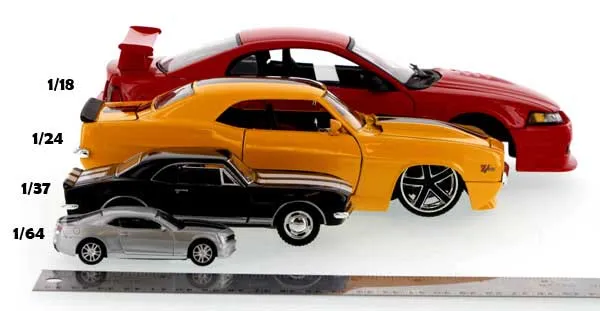
Your personal collecting preferences are a key factor. If you value detail and realism above all else, larger scales like 1 18 may be more appealing. If you’re interested in a broad variety of models and want to collect many different types of cars, smaller scales can be a great choice. The specific models you want to collect can also influence your scale choice. Consider the types of cars you are interested in, the availability of those models in different scales, and the level of detail you’re seeking. The joy of collecting comes from enjoying the models, so select what speaks to you.
Diecast Car Scale Comparison Maintenance and Care
Proper maintenance and care are essential to preserving your diecast car collection. Regardless of the scale you choose, your models require regular attention to maintain their appearance and value. Simple practices can help keep your models in excellent condition, ensuring they provide years of enjoyment. Consistent maintenance will maintain the value and enhance the enjoyment of your collection, allowing you to admire your models for years to come.
Cleaning
Dust is the enemy of diecast models. Regularly dust your collection with a soft brush or a microfiber cloth to prevent buildup. Avoid using harsh chemicals or abrasive materials. If the models need deeper cleaning, use a mild soap solution and gently wipe the surfaces. Make sure to dry the models thoroughly after cleaning to prevent any water spots or damage. Proper cleaning will help retain the model’s shine and detail, protecting the models from any potential damage.
Storage

Proper storage protects your models from damage. Store your diecast cars in a cool, dry place, away from direct sunlight and extreme temperatures. Consider using display cases or protective boxes to prevent dust and physical damage. When storing the models, make sure that they’re not crowded together. This can prevent any potential scratches or paint damage. If the models are stored away for long periods, ensure they are sealed in a container or bag to avoid dust accumulation and moisture.
Display
Display your diecast cars in a way that enhances their appeal and protects them. Display cases are ideal. They will protect your models from dust and accidental damage. Arrange your models in an aesthetically pleasing way, perhaps by make, model, or era. Rotate your display periodically to give different models some attention. When displaying your models, try to keep them out of direct sunlight. This can prevent the paint from fading over time. Displaying your models in a dedicated area will provide an enjoyable viewing experience.
Diecast Car Scale Comparison The Future
The future of diecast car collecting looks bright, with technology and innovation shaping the hobby. As diecast models evolve, collectors can anticipate increased levels of detail, more interactive features, and the use of innovative materials. Advancements in manufacturing techniques will allow for more detailed models. Digital technologies will also create enhanced collecting experiences. The ongoing popularity of diecast cars guarantees that scale comparison will remain a central theme for collectors. Collectors can look forward to continued developments and improvements in model quality and design.
